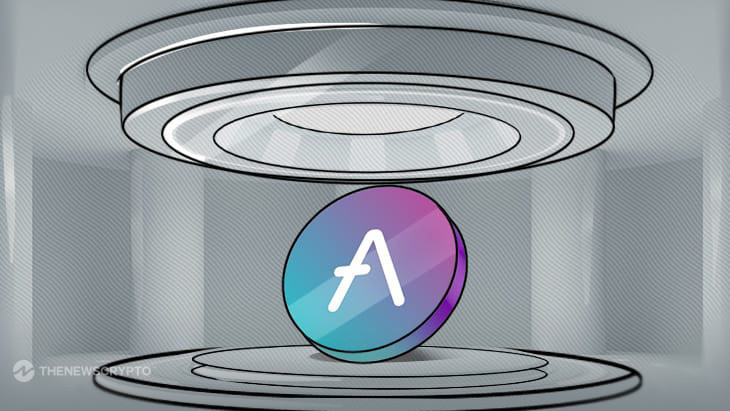Aave V3 Deployment on Aptos Mainnet Approved by Aave Community
 thenewscrypto.com 20 July 2024 21:28, UTC
thenewscrypto.com 20 July 2024 21:28, UTC - The protocol’s first foray outside blockchains compatible with Ethereum is now official.
- The proposal—which was started by the Aptos Foundation—got an incredible 99.6 percent.
Deploying Aave V3 on the Aptos Mainnet has received unanimous approval from the Aave community. This decision was taken after a community vote that ended on July 19, 2024. It is the first time the tokens will be used in a blockchain ecosystem that is not Ethereum Virtual Machine (EVM).
Deploying Aave V3 on the Aptos Mainnet has been authorized by the Aave community with an overwhelming majority. During the voting procedure that took place from July 16th to the 19th, 2024, the proposal—which was started by the Aptos Foundation—got an incredible 99.6 percent acceptance.
Boosting Innovation and New DeFi Apps
Moreover, the protocol’s first foray outside blockchains compatible with Ethereum is now official. And this clearance is a major step forward for the token. Also, blockchains compatible with the Ethereum Virtual Machine (EVM) have long been the backbone of the platforms for DeFi lending. Aptos is a layer-1 blockchain that uses the Move programming language; its adoption heralds a new age of protocol growth and compatibility.
The integration code for Aave V3 on Aptos has already been built by Aave Labs using the Move language. With this code having passed all testnet requirements, moving to the mainnet should be a breeze. After the launch goes well, developers in the Aptos ecosystem will be able to use it, which might lead to further innovation and new DeFi apps.
Furthermore, its high-performance blockchain and rapidly expanding ecosystem make it an ideal platform for DeFi protocols. Also, the goal of the agreement is to increase liquidity in the Aptos ecosystem. And draw in more users by introducing the famous lending and borrowing features of the token to the layer-1 blockchain.




